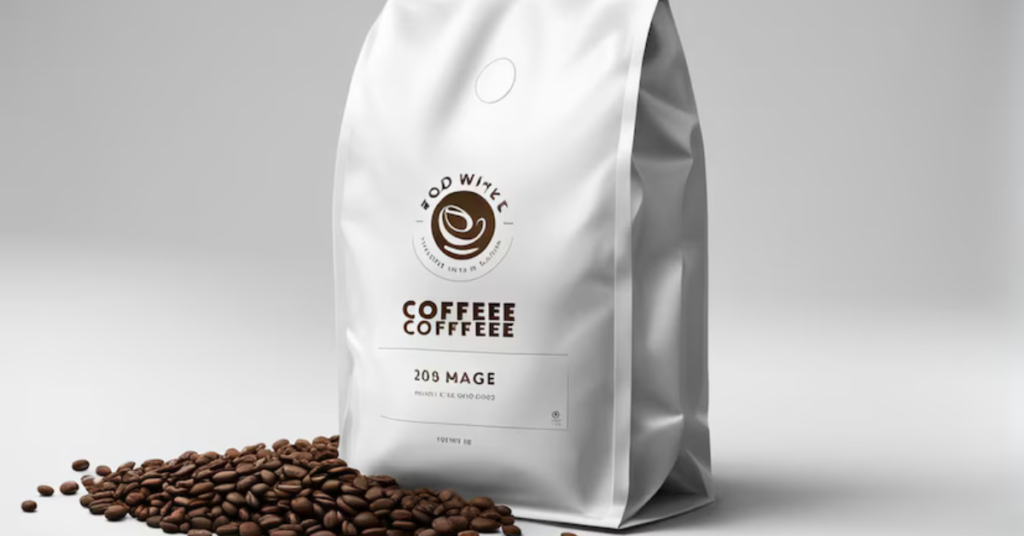In recent years, the coffee industry has experienced a significant transformation as consumers become more conscious of sustainability and environmental impact. This shift has placed pressure on coffee producers, manufacturers, and retailers to rethink their packaging strategies. How to Balance Cost and Sustainability in Coffee Packaging is not just a challenge but an opportunity to meet consumer expectations while maintaining profitability. In this article, we will explore the various facets of coffee packaging, the importance of sustainability, and practical ways to achieve an effective balance between cost and environmental responsibility.
Understanding the Importance of Coffee Packaging
The Role of Packaging in the Coffee Supply Chain
Packaging serves as the first line of defense for coffee beans, protecting them from external factors such as moisture, light, and oxygen that can degrade quality. Moreover, packaging plays a crucial role in branding, marketing, and informing consumers about the product. In the coffee industry, where competition is fierce, effective packaging can significantly influence consumer choices.
The Environmental Impact of Coffee Packaging
The environmental footprint of coffee packaging cannot be overlooked. Traditional packaging materials, such as plastic and non-recyclable materials, contribute to waste and pollution. As consumers become more aware of these issues, they increasingly favor brands that prioritize sustainability. According to a recent study, 74% of consumers are willing to pay more for sustainable products, including coffee. Therefore, investing in sustainable packaging is not only an ethical choice but also a smart business strategy.
Types of Coffee Packaging
Traditional Packaging Materials
- Plastic: While lightweight and affordable, plastic packaging often ends up in landfills and is not biodegradable.
- Aluminum: Aluminum cans are recyclable and offer excellent barrier properties, but the production process can be energy-intensive.
- Glass: Glass packaging is durable and recyclable but can be heavier and more expensive to transport.
Sustainable Packaging Options
- Biodegradable Materials: These materials break down naturally and reduce waste, but they may have a higher production cost.
- Recyclable Materials: Packaging made from recyclable materials can significantly reduce environmental impact. However, the recycling infrastructure must be in place to ensure effectiveness.
- Compostable Packaging: Made from organic materials, compostable packaging can break down in industrial composting facilities. It offers a sustainable alternative but may also come with higher costs.
Challenges in Achieving Cost-Effective Sustainable Packaging
Higher Production Costs
One of the primary barriers to adopting sustainable packaging is the cost. Biodegradable and compostable materials often come with a premium price tag. Small and medium-sized coffee businesses may struggle to absorb these additional costs without raising prices, which could deter cost-sensitive consumers.
Supply Chain Constraints
Sourcing sustainable materials can be challenging. Many coffee brands rely on established suppliers that may not offer eco-friendly options. Additionally, the logistics of transporting these materials can add to costs, particularly for smaller companies that do not benefit from economies of scale.
Consumer Education and Awareness
While many consumers express a desire for sustainable products, not all understand the complexities involved in coffee packaging. Brands must invest in educating consumers about the benefits of sustainable packaging and the reasons behind potential price increases.
Strategies for Balancing Cost and Sustainability in Coffee Packaging
Conducting a Cost-Benefit Analysis
To effectively balance cost and sustainability, coffee brands should conduct a thorough cost-benefit analysis. This process involves evaluating the initial costs of sustainable packaging materials against the long-term benefits, such as brand loyalty and reduced environmental impact. Brands can use tools like life cycle assessments (LCAs) to quantify the environmental benefits over time.
Prioritizing Eco-Friendly Certifications
Choosing packaging materials with recognized eco-friendly certifications can enhance credibility and appeal to environmentally conscious consumers. Certifications like FSC (Forest Stewardship Council) for paper products or Cradle to Cradle for various materials provide assurance that sustainable practices were employed in production. While certified materials may be slightly more expensive, they can also attract a loyal customer base willing to pay a premium for sustainable products.
Collaborating with Suppliers
Coffee brands can work closely with their suppliers to identify sustainable packaging options that fit within their budget. By building strong relationships with suppliers, companies can gain access to innovative packaging solutions, negotiate better pricing, and stay informed about new sustainable materials entering the market.
Implementing Minimalist Packaging Designs
Reducing packaging waste is another effective way to balance cost and sustainability. Minimalist packaging designs not only cut material costs but also align with the growing consumer preference for simplicity and eco-friendliness. Brands can focus on using only essential packaging components, thereby reducing waste while still protecting the product.
Offering Bulk and Refill Options
Encouraging consumers to buy coffee in bulk or offering refillable packaging options can significantly reduce packaging waste. This approach not only appeals to environmentally conscious consumers but also helps businesses lower their packaging costs in the long run. Brands can consider implementing a refill station at local cafes or offering discounts for customers who bring their own containers.
Emphasizing Transparency and Storytelling
To foster consumer trust, brands should prioritize transparency in their packaging choices. Sharing the story behind sustainable packaging decisions and showcasing the environmental impact can resonate with consumers. Brands that effectively communicate their commitment to sustainability are more likely to cultivate customer loyalty.
The Role of Technology in Sustainable Packaging
Innovative Packaging Solutions
Advancements in technology are making it easier for coffee brands to adopt sustainable packaging. Innovations such as plant-based plastics, water-soluble packaging, and edible packaging are gaining traction. These solutions offer eco-friendly alternatives that can reduce waste while maintaining product integrity.
Automation in Packaging Processes
Implementing automation in packaging processes can help reduce labor costs and increase efficiency. Automated systems can also optimize material usage, minimizing waste and contributing to sustainability goals. Brands that invest in modern packaging technology may find it easier to balance cost with sustainable practices.
Case Studies: Successful Brands Leading the Way
Example 1: Blue Bottle Coffee
Blue Bottle Coffee is known for its commitment to quality and sustainability. The company has embraced sustainable packaging by using biodegradable materials and recyclable glass containers. By emphasizing transparency in their packaging choices and communicating their sustainability efforts to consumers, Blue Bottle has built a loyal customer base willing to pay a premium for their products.
Example 2: Stumptown Coffee Roasters
Stumptown Coffee Roasters has taken a comprehensive approach to sustainable packaging. They have implemented recyclable and compostable packaging for their products while investing in education and transparency. Stumptown’s commitment to sustainability has not only reduced their environmental impact but also attracted a devoted following of environmentally conscious consumers.
Conclusion
How to Balance Cost and Sustainability in Coffee Packaging Balancing cost and sustainability in coffee packaging is a complex challenge that requires careful consideration and innovative solutions. By understanding the importance of packaging, exploring sustainable options, and implementing practical strategies, coffee brands can meet consumer demands while maintaining profitability. As the industry continues to evolve, those who prioritize sustainability will not only enhance their brand reputation but also contribute to a healthier planet. In an increasingly competitive market, sustainable packaging is not just a trend; it is a necessity for coffee brands aiming to thrive in the future.







